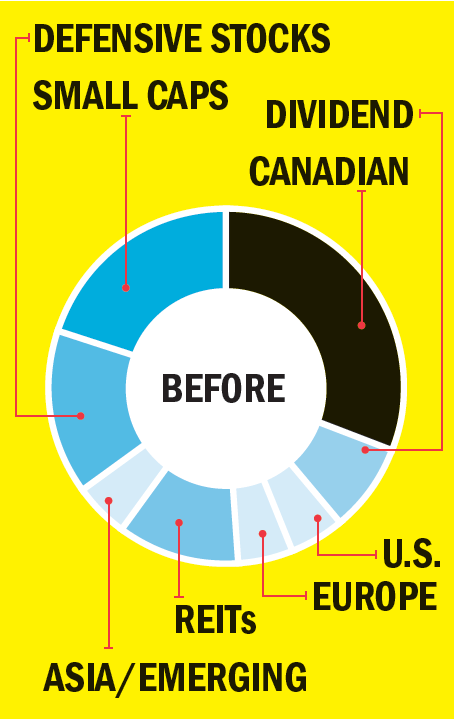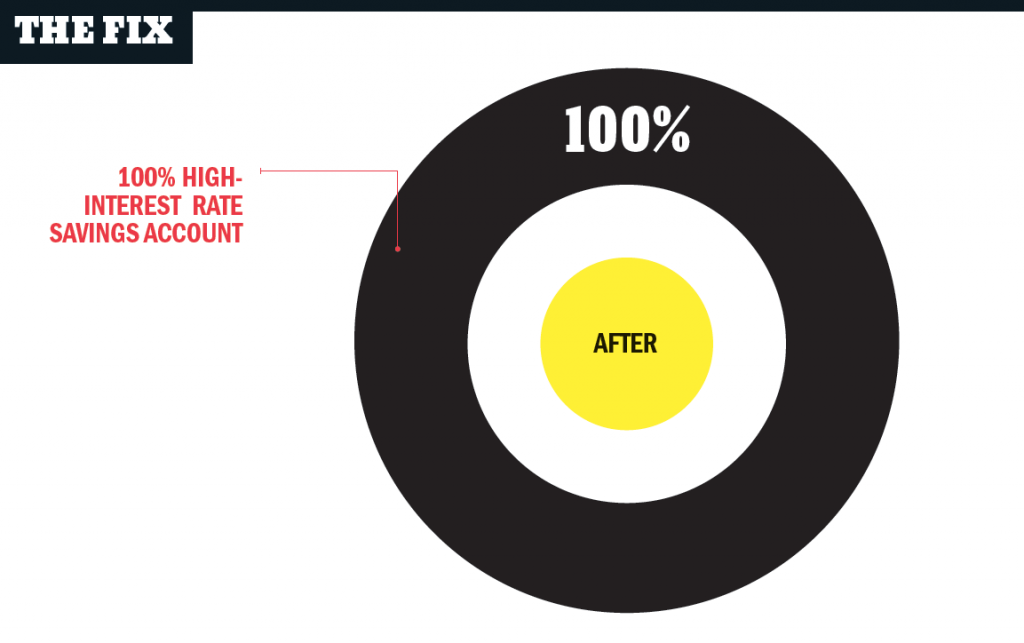There’s no return without risk
Raman Singh wants to be sure that his savings are still there when he goes to buy a home
Advertisement
Raman Singh wants to be sure that his savings are still there when he goes to buy a home
 As a CFP with PWL Capital Inc., Shannon Dalziel comes across this situation often: money needed for short-term goals (less than three years) invested using an aggressive asset allocation. “Investing like this exposes the money to unnecessary risk,” says Dalziel. “This may prevent him from reaching his goal of home ownership in two years.” Dalziel suggests Singh save the riskier investments for his long-term retirement portfolio where time is on his side.
She recommends Singh sell the current investments earmarked for the home purchase and put the money in a high-interest rate savings account inside a Tax-Free Savings Account—a safe, conservative strategy for the short term. He should shop for the best interest rate and ensure the account is insured by the Canadian Deposit Insurance Corp. One option is the Oaken Financial savings account, which offers a competitive 1.75% rate (oaken.com/oaken-savings-account). With a simplified investment strategy in place, Singh can now focus on what he can control: his savings. “He should set up a monthly automatic plan that allows him to save with ease,” says Dalziel.
Since Singh plans to save $15,000 annually, he will reach his goal of a $40,000 house down payment in less than two years. “Once this goal is reached, and the money is safely set aside, Raman can look to invest his long-term retirement portfolio in a more aggressive asset allocation at low cost,” says Dalziel.
As a CFP with PWL Capital Inc., Shannon Dalziel comes across this situation often: money needed for short-term goals (less than three years) invested using an aggressive asset allocation. “Investing like this exposes the money to unnecessary risk,” says Dalziel. “This may prevent him from reaching his goal of home ownership in two years.” Dalziel suggests Singh save the riskier investments for his long-term retirement portfolio where time is on his side.
She recommends Singh sell the current investments earmarked for the home purchase and put the money in a high-interest rate savings account inside a Tax-Free Savings Account—a safe, conservative strategy for the short term. He should shop for the best interest rate and ensure the account is insured by the Canadian Deposit Insurance Corp. One option is the Oaken Financial savings account, which offers a competitive 1.75% rate (oaken.com/oaken-savings-account). With a simplified investment strategy in place, Singh can now focus on what he can control: his savings. “He should set up a monthly automatic plan that allows him to save with ease,” says Dalziel.
Since Singh plans to save $15,000 annually, he will reach his goal of a $40,000 house down payment in less than two years. “Once this goal is reached, and the money is safely set aside, Raman can look to invest his long-term retirement portfolio in a more aggressive asset allocation at low cost,” says Dalziel.

Share this article Share on Facebook Share on Twitter Share on Linkedin Share on Reddit Share on Email